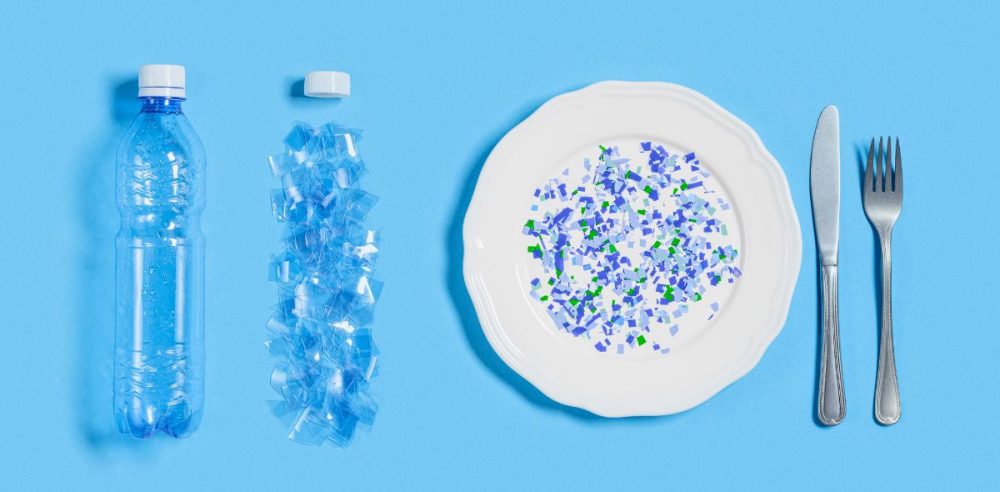The amount of microplastics inundating our bodies may be growing, according to a new study.
Researchers examined cognitively normal human brain samples gathered at autopsy in early 2024 and found that tiny plastic shards were higher than just eight years earlier. The cadaver brains contained up to 30 times more microplastics than kidneys and liver, roughly equivalent to the amount found in an entire plastic spoon.
“The concentrations we saw in the brain tissue of normal individuals, who had an average age of around 45 or 50 years old, were 4,800 micrograms per gram, or 0.48% by weight,” said co-lead study author Matthew Campen, Regents’ professor and professor of pharmaceutical sciences at the University of New Mexico in Albuquerque, per CNN.
This is not the first time medical experts have documented the apparent increasing proliferation of plastic in humans. The new study is roughly in line with former research that similarly found around 0.5% of the brain’s weight is now made up of the material.
In another study out of the Netherlands in 2022, researchers found microplastics in human blood for the first time. Microplastics, particles of plastic that measure less than five millimeters in size, are now everywhere in our environment. Some estimates say humans can ingest up to a credit card’s worth of microplastics each year.
While the recorded rise in plastic concentration in humans is concerning, experts say the measurement may be skewed since it requires so much precision.
The researchers also discovered a worrying link between people who had received a dementia diagnosis before their death and higher levels of plastic in their bodies. These individuals were found to have three to five times the amount of shard-like plastic fragments in their brains compared to brains without dementia.
“It’s a little bit alarming, but remember that dementia is a disease where the blood-brain barrier and clearance mechanisms are impaired,” Campen said.
Campen says inflammatory cells and brain tissue atrophy caused by dementia may actually be making the matter worse, creating “a sort of sink for plastics to go.”
While the potential of rising levels of plastics in humans is disturbing, Phoebe Stapleton, an associate professor of pharmacology and toxicology at Rutgers University in Piscataway, New Jersey, says more understanding is needed to determine what impact plastics in the brain is having.
“It is unclear if, in life, these particles are fluid, entering and leaving the brain, or if they collect in neurological tissues and promote disease. Further research is needed to understand how the particles may be interacting with the cells and if this has a toxicological consequence,” said Stapleton.


